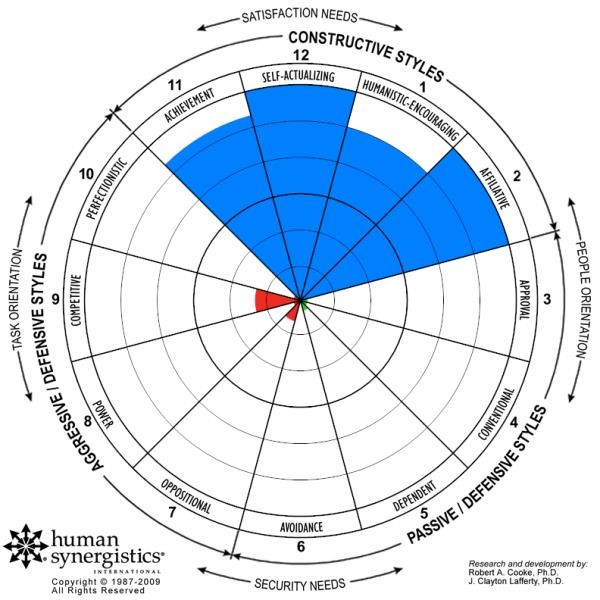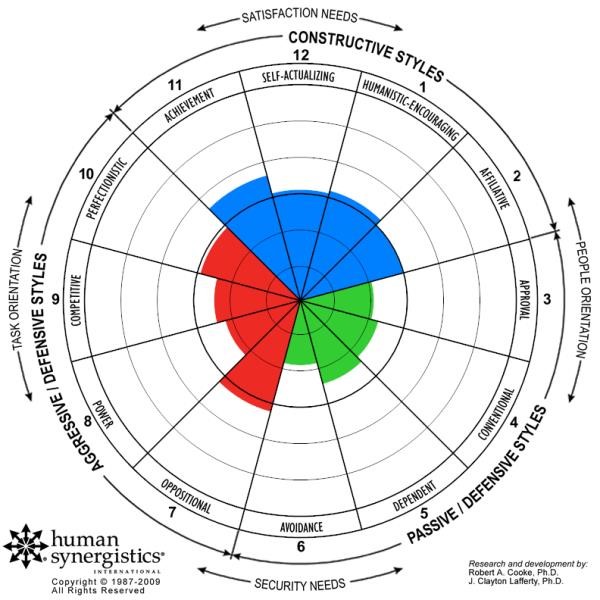
I have previously written about the value of executive level leaders understanding their individual impact on the individuals they work with, the teams they lead and their organisation. Click here to read more.
The Human Synergistics Leadership Impact (LI) tool provides outstanding insights around:
- The leaders impact and whether this is constructive;
- The ideal impact the leader wishes to have;
- The effectiveness of their leadership as an outcome of their current impact; and
- Measurable data highlighting potential levers for change to develop the leaders constructive impact
The value of the LI tool is not limited to the individual. At BRS we have experienced this first-hand when using LI group aggregate data with Executive Teams to understand the collective impact that they are having as an Executive Team on their organisation and staff.
Application of group aggregate data with Executive teams includes the following:
- Collective ideal impact that the Executive team wishes to have;
- Actual impact the Executive team is having including breakout data from stakeholders including Boards, Direct Reports and other members of an organisation;
- Outcome Focus: Group accountability and alignment on what they are looking to achieve;
- Identification of gaps and future coaching needs for individuals and the team by sharing individual results and actions plans;
- Assessment around the capability of individuals to fulfil their role with the team and organisation including whether they are playing to their strengths;
- Indication of the organisational culture being developed through current leadership strategies being delivered by the Executive Team; and
- Collective understanding of the impact they are having relative to prescriptive and restrictive strategies.
Here is an example of an ideal Executive impact and actual impact mapped using the Human Synergistics Circumplex:
Leaders Ideal Impact

Leaders Actual Impact

A focus on individual growth and development are strengths of the HS LSI and LI tools however this cannot be at the expense of sustainable outcomes delivered constructively for the organisation. It is important that individuals commit to action as the final piece to the journey of Awareness, Acceptance and Action. Sharing individual learnings, future development goals, and gaining feedback from Executive Team colleagues are important factors. It is not enough for senior executives to simply gain awareness of their leadership impact; a bias for action with an outcomes focus is also important.
Executive Teams are critical levers in building Constructive cultures within organisations and within individual teams, which heavily influence sub-unit cultures. The rich data teams gained from the Leadership Impact group report enables Executive teams to take agreed action based on specific and measurable feedback.
High performance depends heavily on teams working constructively. When teams break down, it is often due to the people aspects; communication breakdown, a lack of up front alignment and a failure to genuinely collaborate. Teams and leaders require timely feedback to identify shortcomings and to track progress. The LI group circumplex process allow leaders and Executive teams to be proactive rather than reactive in monitoring their own behaviours. It also assists in targeting resources when and where they are needed most in ensuring a constructive culture is being worked towards.
This is a rewarding process for Executive Teams and individual members that is often challenging for some. Once individuals and the team have used the Leadership Impact data to inform future outcomes, the process of reaching these outcomes can be an ultimate test of individual capabilities to effectively fulfil critical C-Suite executive roles in a constructive manner.
Applying the group aggregate data from the LI process ultimately provides invaluable insights to ensure teams are aligned, and individuals gain the support and accountability required to bring about positive change for the betterment of the individual, the team and organisation. This needs to be undertaken in a united manner by sharing results and looking at what collective impact they are having and want to have in building a high performance team.



